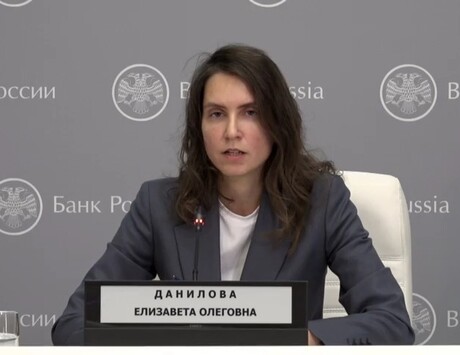The switch from print to screen is well advanced. Plenty of newspapers in the US have made the move or are in the process of doing so by reducing the number of days in which they publish on paper.
It has happened in Britain too, with Trinity Mirror abandoning newsprint in Berkshire. So there is much sense in Brian Cathcart’s positive view in his piece, the Independent ceasing to print would be the death of a medium, not of a message.
Indeed, when the Independent’s owner, Evgeny Lebedev, is able to confirm the transformation of the title into a digital-only publication he will be able to point to the fact that it is yet another first for the Indy.
It was the first UK national quality title to switch format from broadsheet to compact. And it was the first to grow a spin-off sister title, the i, and - in so doing - create a publication able to attract a £25m price tag.
If Lebedev achieves those terms in his negotiations with Johnston Press he will be able to invest in an online news outlet that has been gradually growing an audience for the past couple of years.
The major investment will need to be in journalists, in retaining correspondents, columnists and commentators who have helped to make the Indy distinctive. It will also be key to the site’s success to ensure that digital developers remain on board or are hired from elsewhere.
One big advantage for the Independent journalists will be their total engagement with, and concentration on, producing a single editorial outlet.
Althoughthe National Union of Journalists is alarmed, understandably, by the possibility of jobs vanishing should the deal go through, it also knows that the numbers of journalists working online are increasing rapidly.
Advertisement
Go into any national newspaper office and note the battalion of young people engaged solely in the production of digital journalism. Mail Online’s large crew are jokingly referred to by veteran print staff as “the terracotta army.”
Digital is the future and we have seen it coming since we entered this millennium, and for several years before that.
It is natural to wish to sustain newsprint as long as feasible and various innovations, including the freely distributed titles such as Metro and the London Evening Standard, suggest there remains an enthusiastic audience for print.
Further proof for that is illustrated by the desire of Trinity Mirror, a company supposedly devoted to digital, to launch an i-alike print title to attract female readers. The company, having had a bid for i rebuffed a couple of years ago, made a belated attempt to reopen talks when it heard about Johnston Press’s initiative but was told matters were too advanced.
So print, which continues to attract much more advertising revenue than digital, is not dead yet. But even in its death throes it generates cash.
It means that publishers, for a good while yet, must go on riding two horses - the dying print carthorse and the vibrant digital colt - moving in opposite directions. The Indy’s special problem was that its carthorse was no longer up to the task. Its sales had fallen so low that it could not turn a profit.
Can it really work online? Well, it is blessed with a good title and ever since its launch it has made much of that fact. Lebedev, with his transformation of the Standard’s fortunes and willingness to launch London Live TV, has already revealed a penchant for risk-taking. Clearly, he likes media and wishes to innovate.
If his lieutenants can ensure that they hold on to the best of their journalistic team and promote their work across the net, then there is no reason why it should not attract an audience. But attracting money is, to continue my earlier analogy, a horse of a different colour.
Can the digital Indy make enough on a daily basis to pay its journalists? After that initial investment following the Johnston Press sale, can it sustain itself financially?
All eyes, especially those of rival publishers, will certainly be on the Independent’s pioneering performance as an online-only publication.



